Methode Champenoise, also known as the traditional method, is a labor-intensive process used to make champagne. This method involves a series of precise steps that have been perfected over centuries to produce the world-renowned sparkling wine that has become synonymous with celebration and luxury.
From harvesting grapes to bottling the finished product, every step in Methode Champenoise is carefully executed to ensure consistent quality and flavor. In this article, we will delve into the history of this technique and explore how it contributes to the unique character of champagne. We will also examine each stage of the process in detail, from primary fermentation to riddling and disgorgement, providing insight into what makes Methode Champenoise so special.
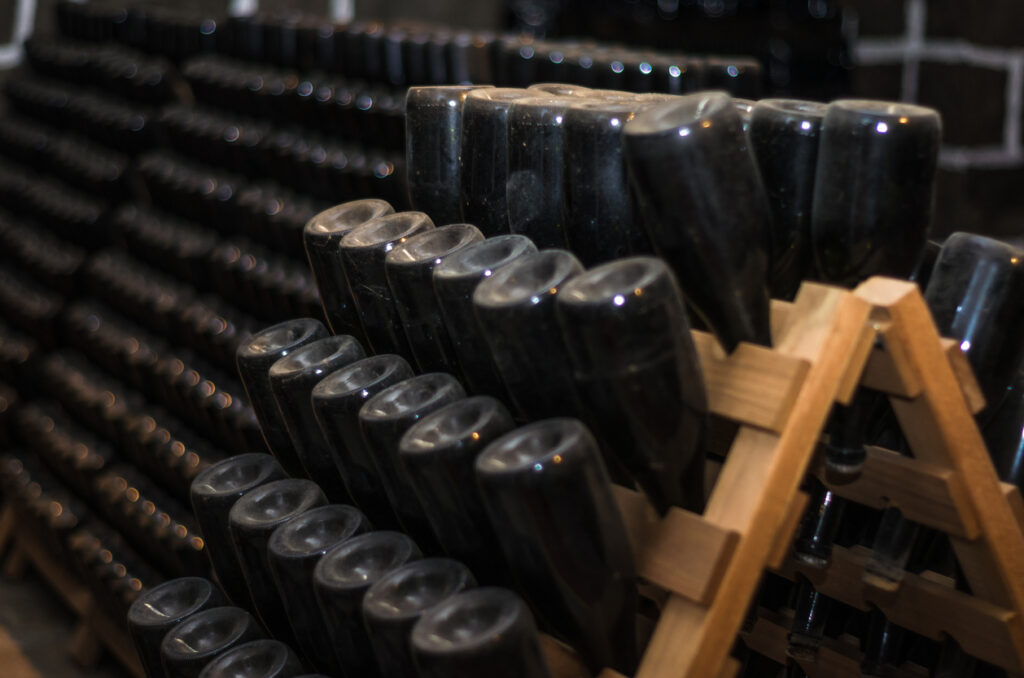
Difference between the Champagne method and the traditional method
The production of sparkling wine is a complex and time-consuming process that requires precision and expertise. The two most popular methods used to create bubbles in wine are the Champagne method and the traditional method. Although they may seem similar, there are some significant differences between these two techniques.
One of the biggest differences between the Champagne method and the traditional method is where they are produced. The Champagne region of France is home to many world-renowned sparkling wines made using the Champagne method, while other regions typically use the traditional method. These regions are not allowed to use the term Champagne method in connection with their sparkling wines.
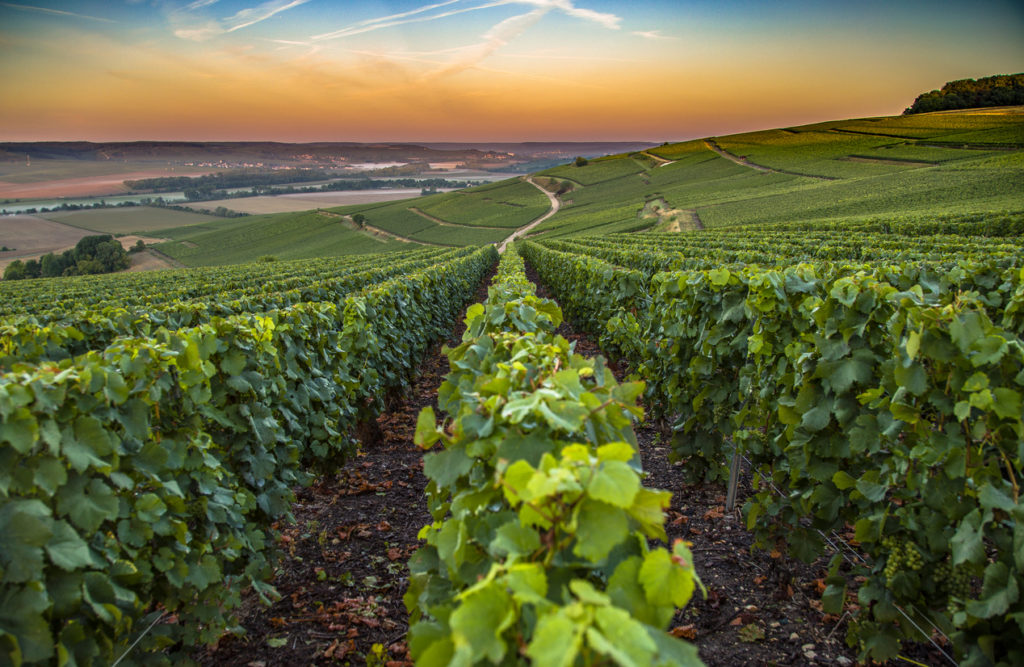
Only the Champagne region in France is legally allowed to call the manufacture method for sparkling wines Champagne Method.
Regions where the traditional method is used
When it comes to sparkling wine made by the traditional method, two regions stand out: Franciacorta in Italy and Cava in Spain. Both regions have a long history of producing high-quality sparkling wines that rival even the most famous Champagne brands. The traditional method used in both regions involves a second fermentation in the bottle, which creates the bubbles that give these wines their characteristic effervescence.
Sparkling wines from Franciacorta
Franciacorta is located in Lombardy, northern Italy, and is known for producing some of Italy’s best sparkling wines. The region specializes in using Chardonnay and Pinot Noir grapes to create elegant and complex sparkling wines that are perfect for celebrations or special occasions. Franciacorta DOCG regulations require that all grapes are handpicked and that all production steps are carried out within the region’s boundaries, ensuring strict quality control measures.
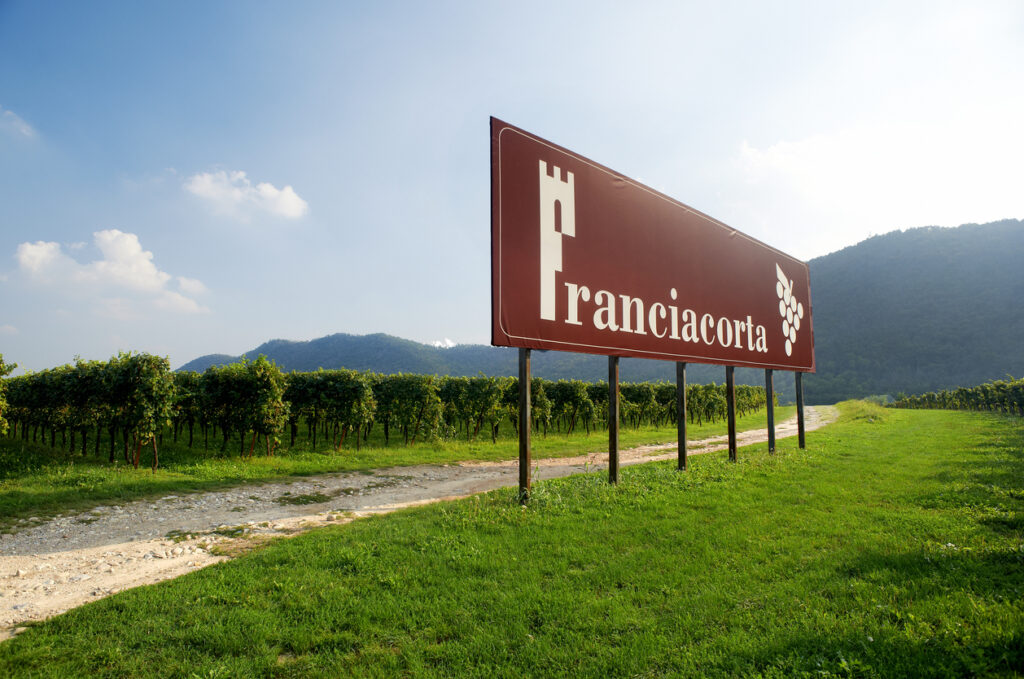
Sekt from Germany and Austria
Sparkling wine made by the traditional method, also known as méthode champenoise, is a luxurious addition to any celebration or special occasion. One region that produces exceptional sparkling wine using this method is Germany. High end German and Austrian Sekt is made by the traditional method
While champagne may be the most well-known type of sparkling wine, traditional method sparklers from Germany and Austria offer unique flavors that are worth exploring.
French Cremant
Cremant is a type of sparkling wine that is made using the traditional method, which involves a secondary fermentation process in the bottle. This technique creates fine bubbles and gives the wine its unique taste and texture. Cremant can be produced in various regions across France, including Burgundy, Alsace, Loire Valley and Bordeaux.
The grapes used to produce Cremant vary depending on the region but typically include Chardonnay, Pinot Noir, Pinot Blanc and Chenin Blanc. The winemaking process involves pressing the grapes into juice and fermenting them until they become still wine. A blend of different wines from different grape varieties is then created before bottling with yeast and sugar to start the second fermentation process in each individual bottle.
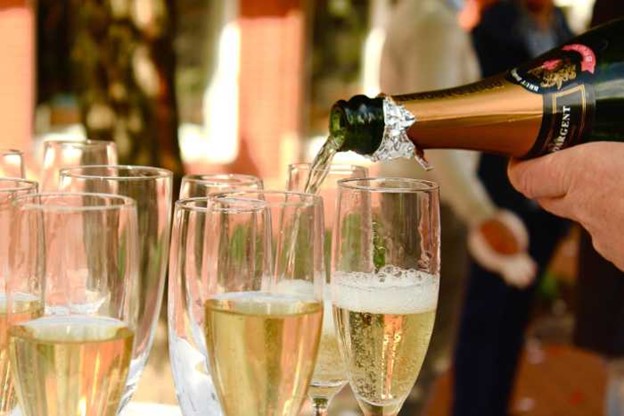
How is sparkling wine made
Sparkling wine is a type of wine that never fails to impress. It is a celebratory drink that has been enjoyed for centuries and has become an essential part of many festivities. While there are various methods by which sparkling wines can be made, the traditional method is arguably the most popular and sought-after.
The traditional method, also known as méthode champenoise or méthode traditionnelle, is a complex and time-consuming process used to create some of the world’s best sparkling wines. The method involves fermenting still wine in bottles with added sugar and yeast, creating carbon dioxide gas that dissolves into the wine under pressure. The bottles are then aged for several years on their lees (dead yeast cells), developing complex flavors and aromas as they do so.
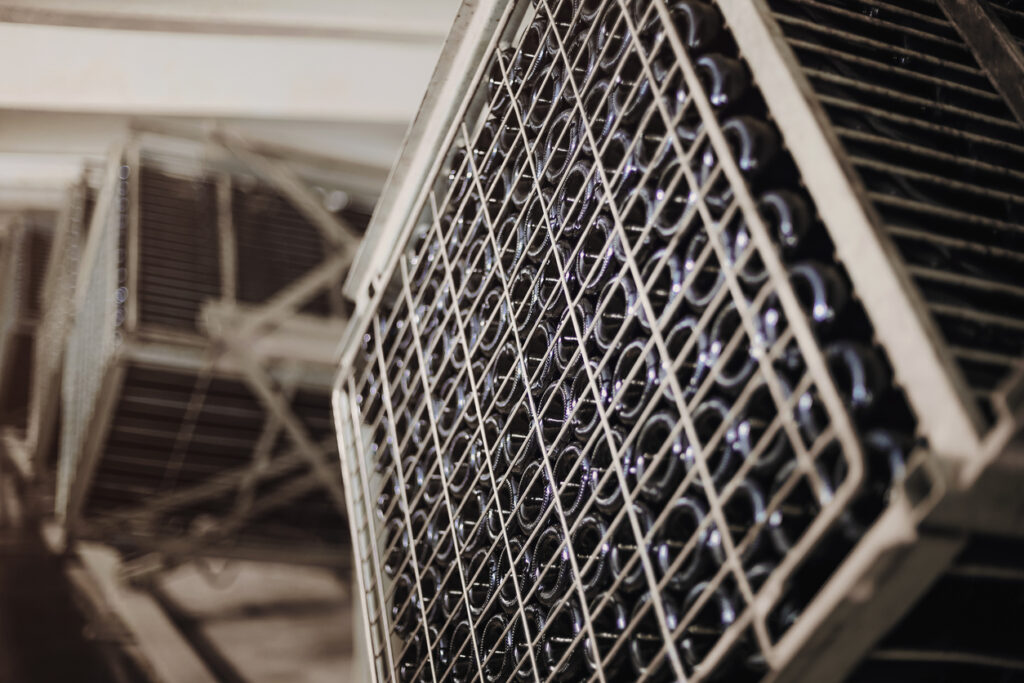
Steps in the traditional method:
- Grapes are harvested at a slightly younger age to maintain acidity and then fermented into a dry wine, which is known as the base wine or cuvée. The winemaker blends different base wines together to create the final sparkling wine blend, also called cuvée in French.
- Yeast and sugars are added to the cuvée to initiate the second fermentation, and the mixture is bottled and capped.
- During the second fermentation process that takes place inside the bottle, the CO2 produced carbonates the wine. At the same time it adds about 1.3% more alcohol. The yeast dies and remains in the bottle in a process called autolysis.
- While the wine is aged on its lees (the yeast particles) to develop texture. This aging process is necessary for Champagne.
- To clarify the wine, the bottle is turned upside down and the dead yeast cells gather in the neck. Sediment is removed from the bottle through a process called disgorging.
- The bottle is placed upside down in a freezing liquid, causing the yeast to freeze in the neck. The crown cap is briefly removed, allowing the frozen lees to shoot out of the pressurized bottle.
- To fill the bottles, a mixture of wine and sugar (known as Exposition liqueur) is added before corking, wiring, and labeling.
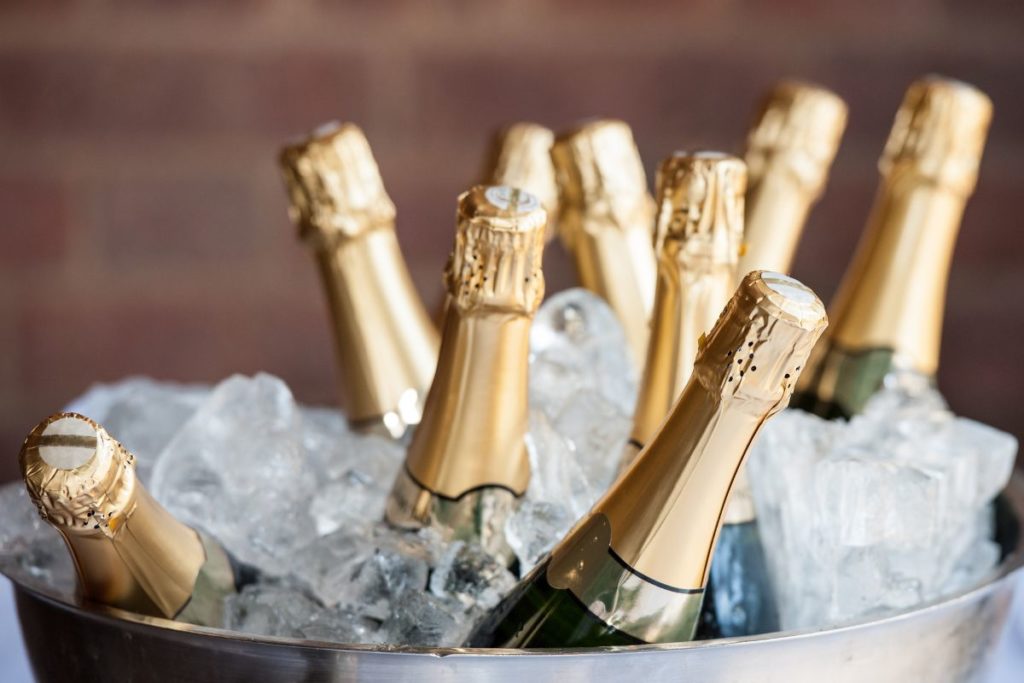
Tank or Charmat Method
Sparkling wine is an all-time favorite that adds a touch of glamor to every occasion. Among the many types of sparkling wine, Prosecco stands out for its lightness, fruity flavors, and affordability. This Italian classic is made using a unique method known as the tank method or Charmat method.
In this process, the second fermentation takes place in stainless steel tanks instead of bottles. The wine undergoes fermentation under controlled temperature and pressure, which allows for faster carbonation and preservation of fruity flavors. Once the process is complete, the wine is bottled under pressure before being released into the market.
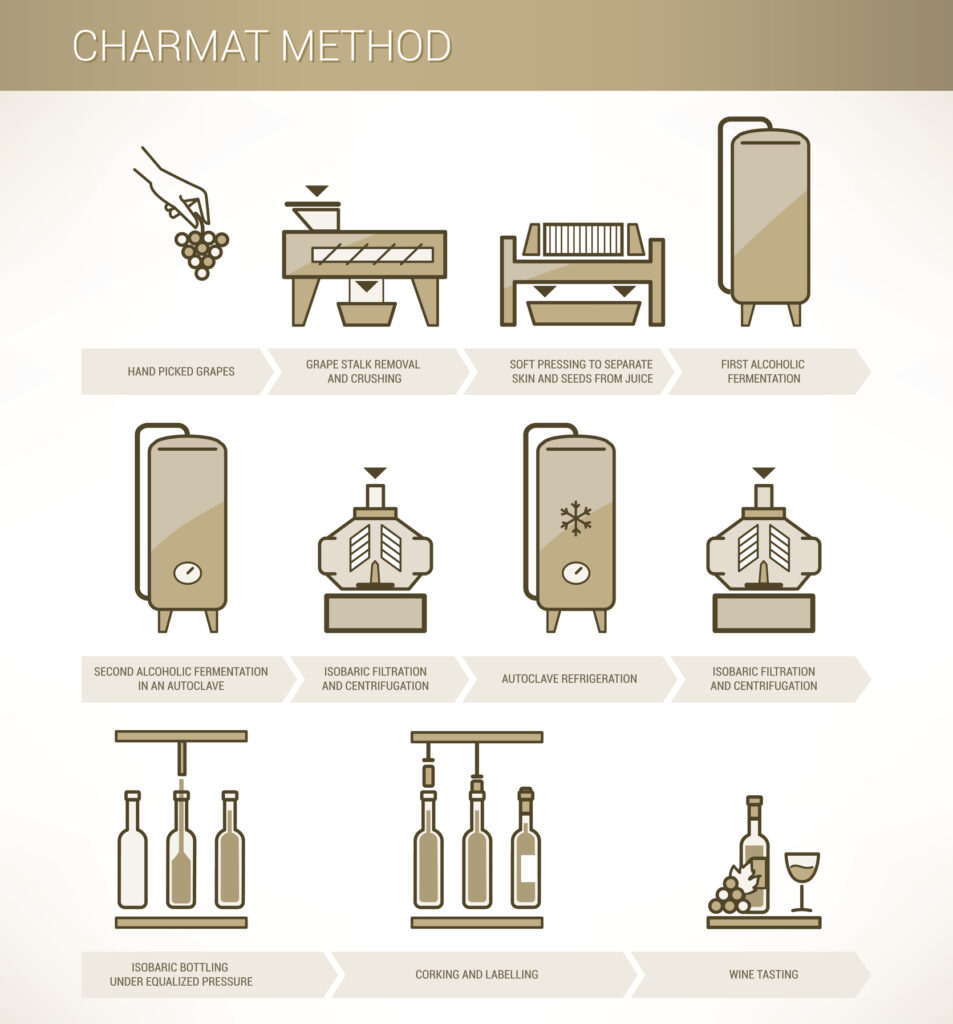
The tank method has become increasingly popular among winemakers as it allows for mass production without compromising on quality. It also results in a consistent taste profile that appeals to consumers worldwide.
Transfer Method
This approach shares some similarities with the traditional method. The wine undergoes fermentation in the bottle with sugar and yeast. However, unlike the traditional method, there is no riddling or disgorging involved. Instead, the wine is transferred to a pressurized tank and filtered under pressure to remove any dead yeast (lees). This technique is particularly useful for irregular bottle sizes such as half bottles, magnums, and methusalems, which are difficult to riddle.
Continuous method
The Russians have come up with a unique way of producing sparkling wine! The process involves adding yeast continuously to pressurized tanks. This increases the total pressure to 5 atmospheres, similar to most Champagne. The wine is then transferred to another tank with yeast enrichment. These are wood shavings, where the dead yeast bits attach and float around in the wine.
This results in a similar autolytic character to the traditional method. Finally, the wine is moved to a final set of pressurized tanks. The yeasts and enrichments settle out, leaving the wine clear. The entire process takes approximately a month. Currently, only a few producers use this continuous method.
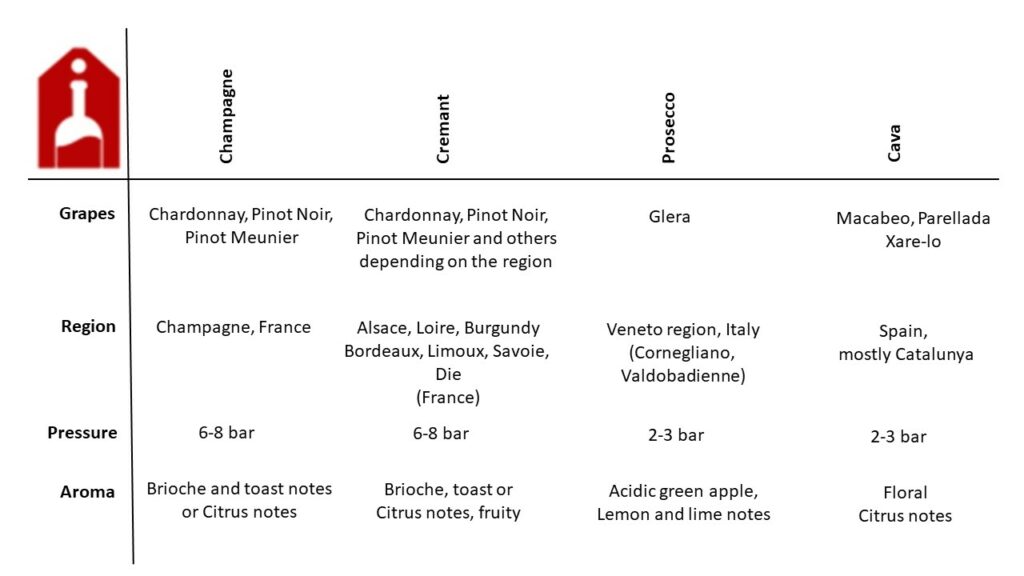
Carbonation Method
By using the carbonation method, a still wine can be pressurized and carbonated. Although there may be advantages to this technique, currently only lower quality bulk wines are being carbonated.
However, if you’ve ever enjoyed a chilled glass of New Age while basking in the sun, you might find it surprisingly satisfying. New Age is a sweet white wine blend of Torrontes and Sauvignon Blanc that is carbonated.
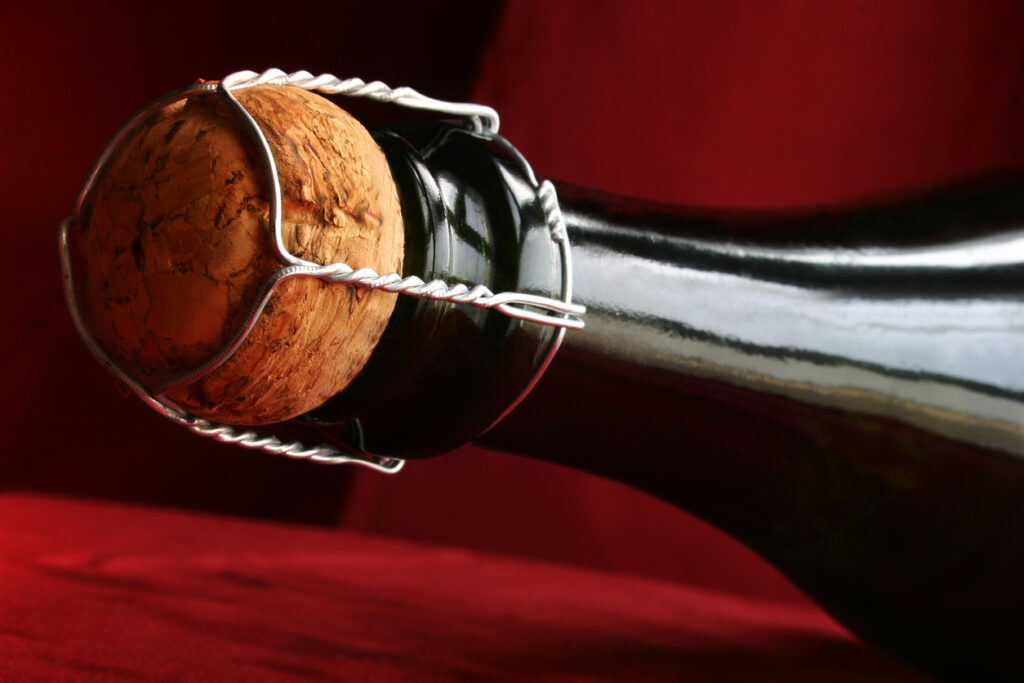
Methode Ancestrale
The Ancestral Method of sparkling wine production involves using cold temperatures and filtration to temporarily halt fermentation for several months. The wine is then bottled, allowing the fermentation to finish and trapping CO2 in the bottle.
The wine is chilled again and undergoes riddling and disgorging, but without the addition of expedition liqueur. This method is considered one of the earliest forms of sparkling winemaking and is known as the Ancestral Method.
The Diose Ancestrale variant involves filtering the wine in a pressurized tank instead of riddling and disgorging. Some producers of Petillant Naturel wines choose to use crown caps to close their bottles.

